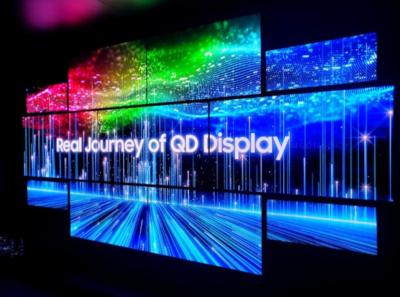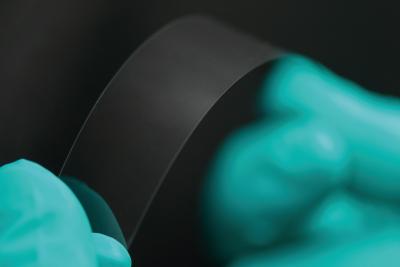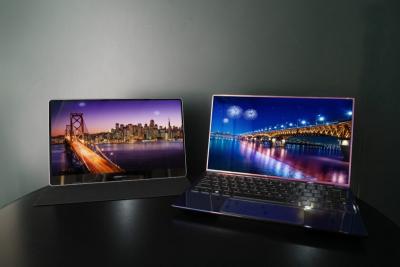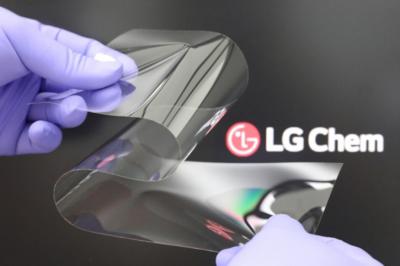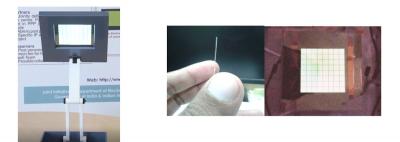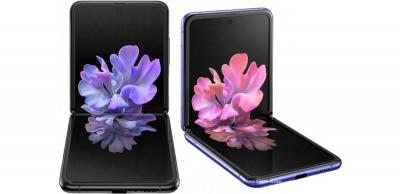OLEDWorks shows new flexible and rigid automotive OLED lighting solutions
Last week at CES, OLEDWorks demonstrated some of its latest automotive OLED Lighting solutions. Developed together with Corning, Valeo and STMicroelectronics, OLEDWorks’ newest demonstrator contained the highest density of individually addressable segments of any flexible OLED panel.
You can see the new flexible OLED demonstrator in the video above on the left (the device on the right uses rigid OLED panels). OLEDWorks says that individually segmented OLED lighting panels increase safety on the road by allowing for improved communication through dynamic animation sequences and symbols. Manufacturing these OLED panels on flexible glass further expands lighting design opportunities with the ability to conform with curved surfaces in the car, integrating lighting directly into the vehicle’s architecture.
